The give and take of EV charging
【Summary】Vehicle manufacturers around the globe are proudly proclaiming the roll out of dozens of new electric vehicle (EV) platforms; driving EV sales to an astounding 3.8 million vehicles by 2020. How will the increasing shift to electric vehicles impact the power grid and What will happen to peak demand and will the ‘last mile’ grid?

The revolution is here! Vehicle manufacturers around the globe are proudly proclaiming the roll out of dozens of new electric vehicle (EV) platforms; driving EV sales to an astounding 3.8 million vehicles by 2020. And to support this roll out the charging infrastructure has seen a similar growth, often supported by local governments.
But how will the increasing shift to electric vehicles impact the grid? Can the utilities accommodate the extra load? What will happen to peak demand and will the ‘last mile' grid be able to accommodate clustered charging? Also, is there a possibility that the grid could benefit from the deployment of Plugin EVs (PEVs)?
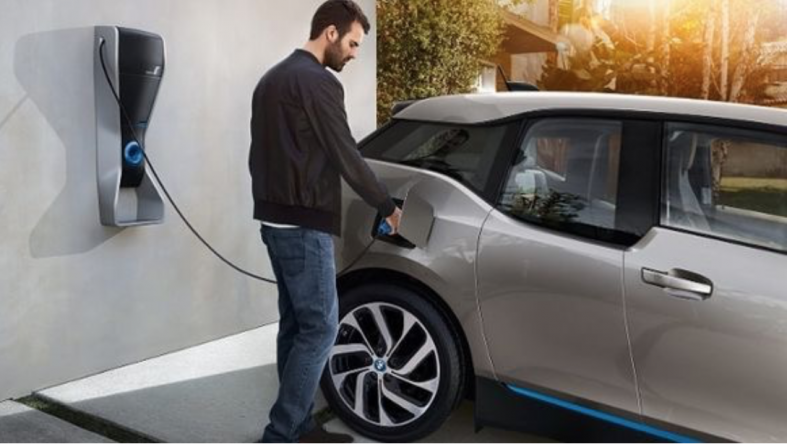
Image Source: Inside EVs
And what about the ‘cradle to grave' carbon footprint of PEVs? Will more PEVs not mean more dirty energy; especially in developing countries?
Clean energy for green cars
According to a recent McKinsey report, electricity will account for a quarter of all energy production by 2050, compared with 18 percent now. Seventy-seven percent of this electricity will be generated by wind and solar, with a further 13 percent coming from natural gas. The share of nuclear and hydro is also expected to grow, albeit modestly.
What that means is that by 2050, non-hydro renewables will account for more than a third of global power generation, a huge increase from the 2014 level of 6 percent. To put it another way, between now and 2050, wind and solar are expected to grow four to five times faster than every other source of power.
On the other hand, although PEV electricity consumption is expected to rise to 1,800 terawatts in 2040, up from 6 terawatts in 2016, this will still only account for around 5% of the power produced.
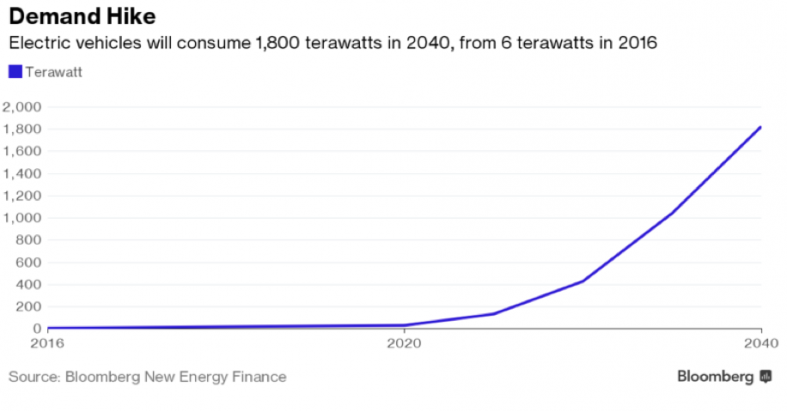
What may be of more concern is the impact on the grid of clusters of PEVs charging simultaneously.
‘The last mile' problem
Although in the United States, Canada and other economies spearheading the roll out of PEVs, the grid capacity is not an obstacle that could slow down or hamper technology take-up, it's at the local level - the so called ‘last mile', that the problem occurs: the local distribution grid may be found lacking in cities and neighborhoods with significant fleets of electric cars.
Many local distribution grids were simply not designed to accommodate a substantial number of PEVs. An example here is Colorado, where the number of electric vehicles has jumped by 150% since 2011. The Silicon Valley is another hotspot.
Typically, an electric vehicle with a daily commuting distance of 40km requires 6 -8kWh of energy to recharge, which is the equivalent of the daily power requirement of a small household. In other words, one more electric car in the neighborhood has the same impact on the local electricity network as adding a small house.
Transformers, which connect every home and business to the power grid, are the most vulnerable components in the system. Most residential transformers are designed to deliver between 10 and 50kVA, while a single plug-in vehicle with a 240V Level 2 charging system can draw about 7kVa. If multiple electric car owners use the same distribution transformer (referred to as clustering), they may cause damage or outages from overloading or by shortening the transformer's normal cool-down period.
To make matters worse, with transformers not yet equipped with telemetry systems to send information on their ‘health' to utilities, most power companies do not have any automated systems in place to warn of an overload.
How serious is the problem?
Data gathered from the ChargeTO pilot program conducted over a period of six months, recorded days where loads in excess of 45 kW were measured. In larger 100 kVA distribution transformers this is seen to be problematic, but the effects of this load on a smaller 50 kVA distribution transformer would be catastrophic; increasing the transformers' loss-of-life factor, by up to 10,000 times.
And this comes with a hefty price tag: The Sacramento Municipality Utility District, for example, has warned that about 17% of the company's transformers may need to be replaced as a result of PEV-related overloads, at an average estimated cost of $7,400 per transformer.
To help utilities plan ahead and avoid serious and ongoing disruption of electricity supply, several states including California and Texas, are considering notification systems that inform power companies when a citizen buys an electric car in their service area.
The risk of overloading local transformers is particularly high during peak hours. Data from the ChargeTO pilot program revealed three peak load periods during weekdays corresponding with PEV charging: The first peak load period occurred immediately upon PEV owners returning home. The second peak load occurred shortly after 7 pm to coincide with an off-peak time of the time of use (TOU). A third peak load occurred at approximately 6 am coinciding with 'delayed-departure' which programs PEV charging to conclude before a required departure time. The resulting peaks were at approximately 5:30 pm, 8:00 pm, and 6:00 am.
Can such situations be prevented? Of course, utilities can modify trends in customers' demands by using unit costs: PEV owners can be offered discounted rates for charging their vehicles during the night, thereby ensuring a fully charged car battery without any negative impact on the grid during peak hours. Tesla and other PEVs are already equipped with touchscreen and smartphone charge scheduling, where owners can just plug in the vehicle after parking and charging starts at a pre-set time.
Taking this concept one step further several utility companies are considering supplier-driven ‘managed charging.'
Managed charging, also known as smart or intelligent charging, entails a combination of infrastructure and communication signals sent directly to a vehicle or a charger to inform the driver of the best time to charge the car. Currently, the technology is undergoing field-testing, but already 69% of utilities in the United States are considering its implementation, according to the 2017 Small Electric Power Alliance survey results.
Diego Gas & Electric, one of the early adopters, offers special rates encouraging electric car drivers to charge their vehicles when the electricity supply is abundant. Using a mobile phone app, drivers can determine the exact cost of electricity at a particular time of day. This not only makes it cheaper for drivers, but, by reducing on-peak charging, the company can optimize the use of renewable energy: at mid-day for solar and midnight for wind.
Technology linking vehicles to the grid remains a challenge for utilities struggling to integrate wind and solar power into their distribution system. But as the use of PEVs spreads, grid managers will have to pay closer attention to when motorists draw from the system and how these vehicles can be used to smooth widely fluctuating demand.
Electric Vehicles give back to the Grid
While PEVs are typically associated with taking energy from the grid, it is also possible for an electric car to operate in a ‘discharge mode', during which time it sends power back into the grid. This feature, referred to as Vehicle-to-Grid (V2G), holds great promise for EV owners and utility companies alike.
In Denmark, trials carried out by Nissan and Italy's biggest utility Enel have demonstrated how PEVs can help balance supply and demand at peak times, while remunerating owners with as much as $1,530, for merely parking their vehicles and feeding excess power back into the grid.
Utilities, on the other hand, benefit by having PEVs boost the grid's stability when subjected to significant disturbances, such as generator and branch tripping, bus faults, or sudden and substantial load fluctuations.
This stability can be achieved by:
· Minimizing the speed and voltage fluctuation by up to 80%
· Extending critical clearing times by 20-40%
As a source of distributed energy-storage, PEVs can also provide backup power for renewable energy sources. Taking into account the growing role of renewables in the total energy mix, PEVs, could for instance store the excess power capacity from large-scale wind power plants during the night and then release this to the grid during the day.
So, while the consensus view that PEVs will have a significant impact on legacy power grids holds true, the mass roll out of such vehicles could in fact result in a more energy efficient environment; one in which the car gives as good as it takes.
-

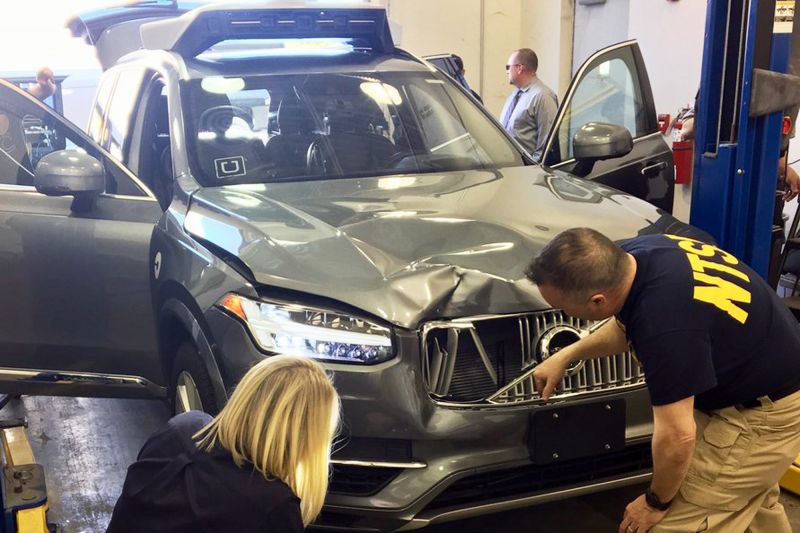
FEATURED COVERAGE: Testing Autonomous Vehicles to Save Lives in the Wake of Recent Accidents
-

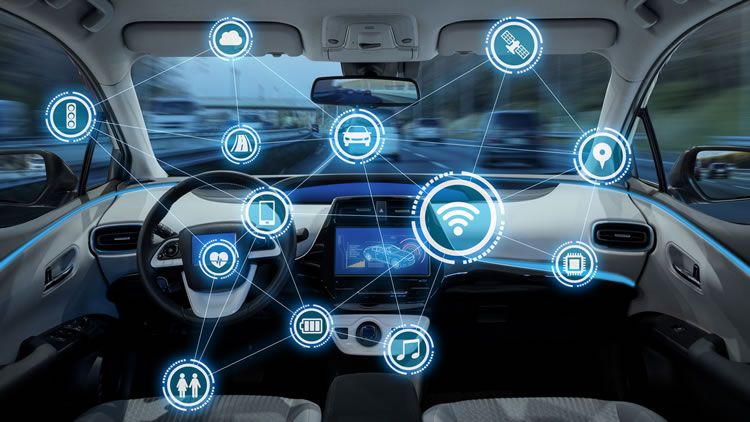
SPECIAL FEATURE: 5G Will Revolutionize Cars and the Networks That Support Them
-


SPECIAL FEATURE: Unraveling the DNA of the Car of the Future, Part Three
-

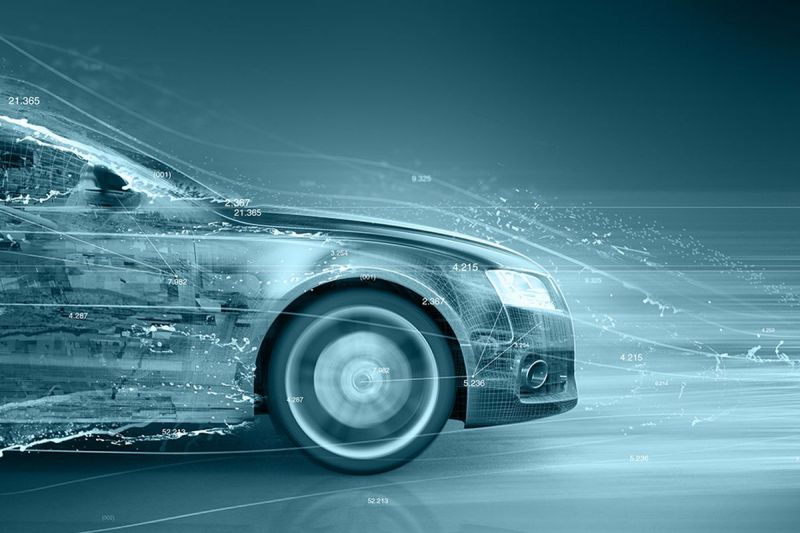
SPECIAL FEATURE: Unraveling the DNA of the Car of the Future, Part Two
-


Sensors give smart cars a sixth sense
-

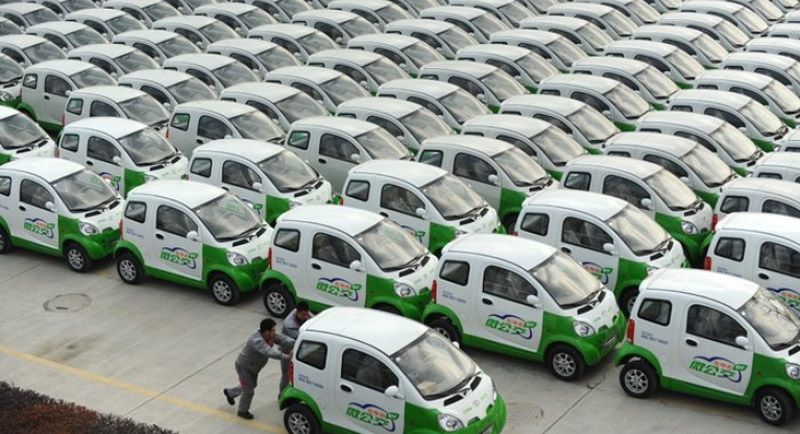
Is China’s NEV Program a Step Too Far?
-


48 Volt: Life-Support for the Internal Combustion Engine
-

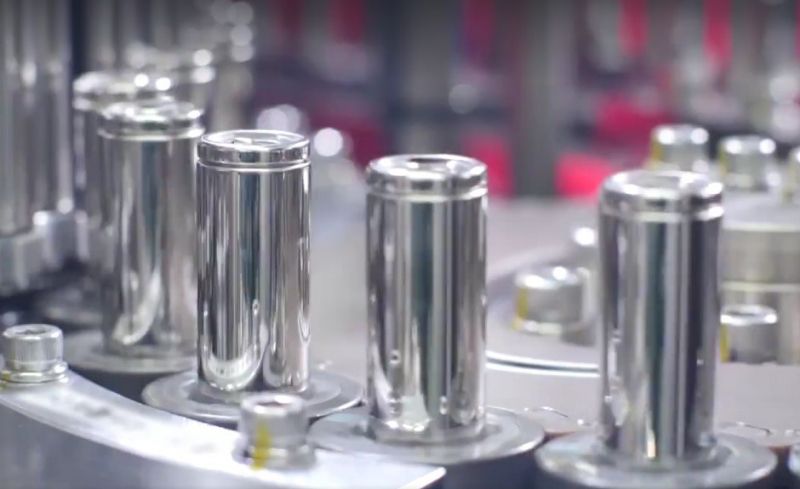
Is 2170 Tesla’s Magic Number?
- Panasonic Announces Multi-Year Agreement to Supply Electric Vehicle Batteries to Lucid Group
- Ford Looks to Have 100% of EV Sales Be Online
- New Premium Electric Vehicle Brand Zeekr Is Exploring IPO Options in the U.S. or Hong Kong, According to Sources
- Volkswagen Breaks Ground on the First of Six European Battery Cell Factories as Part of a $20 Billion Investment
- Volkswagen Starts Production of the Electric ID.4 SUV in Tennessee, Presents New Competition for Tesla, GM and Ford
- $12,500 Federal EV Tax Credit Proposal Reportedly Dropped
- J.D. Power Study Finds That EVs Are More Problematic Than ICE Cars
- Vietnam-based Electric Vehicle Startup VinFast Ships its First Vehicles to the U.S.
- China’s New Intelligent EV company JIDU Launches its Limited-Edition Robocar Called the ‘ROBO-01 Lunar Edition’
- LG Develops ‘Invisible’ Speaker Sound Technology That Could Revolutionize In-Vehicle Audio











 About Us
About Us Contact Us
Contact Us Careers
Careers